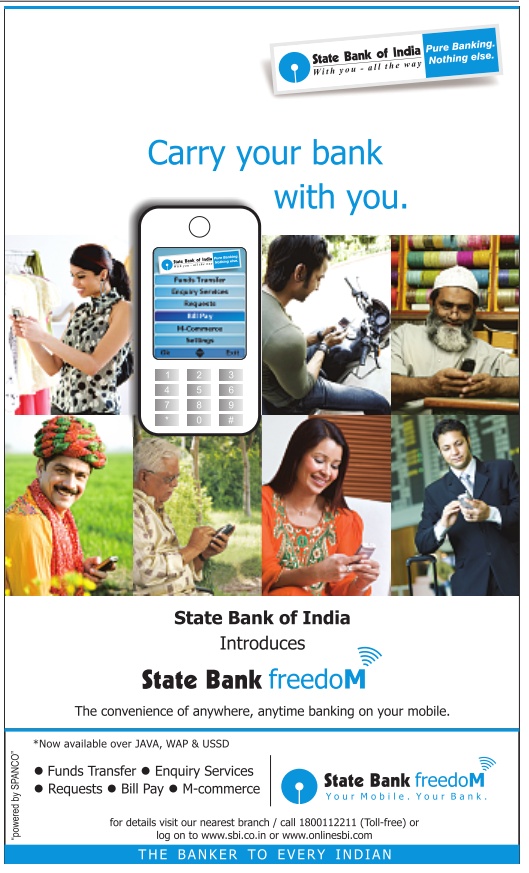By Kashif-ul-Huda, TwoCircles.net,
Stereotyping is an oversimplified image or representation. One image is meant to represent all members of that group or community. It helps in identification but offers no individuality or scope for diversity that exists within that group. When you see news stories about Muslims on TV it is often accompanied by images of burqa clad women and men with cap and beard. In both cases visuals are selected carefully that suggests to the viewers that Muslim women have no personality of their own and men are extremists.
However, stereotyping can also be a positive experience, a Muslim man with beard and cap and lovingly embracing his daughter can be a moving experience. A Muslim family eating together can reinforce the family values that Islam lays so much emphasis on. With the easy availability of digital cameras, these are the images that Muslims have to create themselves.

The Hindustan Times, New Delhi, May 24rd, 2010
Another positive use of stereotype is to show that Muslims also exist in India’s unity in diversity. It can be a way to recognize their contribution to the society and register their presence. State Bank of India’s latest advertisement on their mobile banking service “State Bank freedom” shows seven customers using their mobile phones to do banking. One of the images is of a Muslim man in cap and beard. From the image it appears that he is a shopkeeper. Given that self-employment is the largest employment for Indian Muslims this image is not far off from the reality. The man is smiling while looking at his mobile phone, may be because he is happy at his strong financial position.
While it is true that most Muslim may not look like the man in SBI ad but it is also true that that image conveys to Muslims that this bank care about them and want their business. In this market where customers have many choices stereotypical images can send positive message but companies and advertising agencies need to be careful that they do not end up making a caricature of the community.

